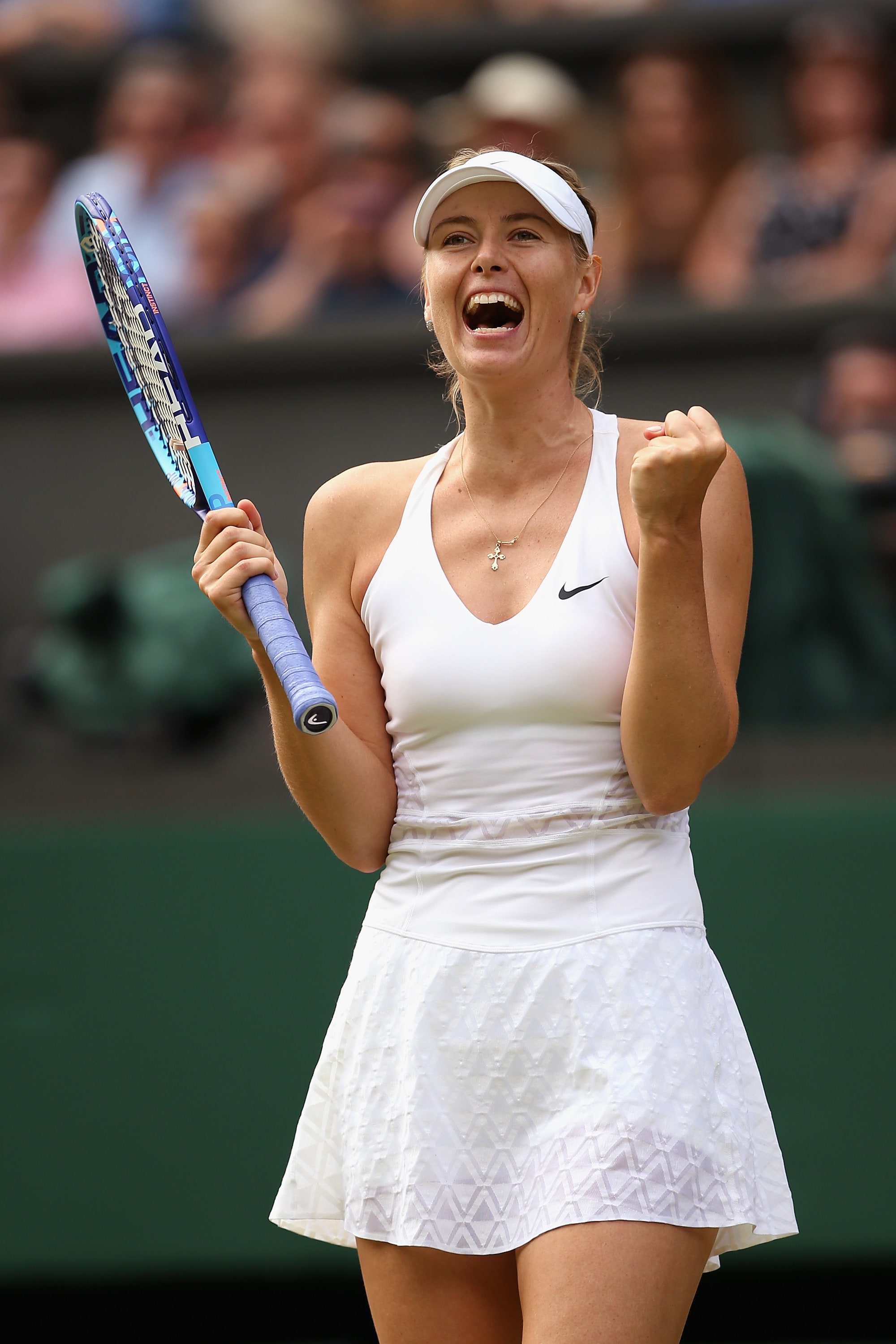WIMBLEDON, England — While the steady drizzle of rain that began at 9 a.m. Saturday continued unabated into the late afternoon, wiping out another full day of play at Wimbledon, Maria Sharapova, 17 and into the final year of her home-school education, was studying at her nearby rented house, which she shares with her father, Yuri.
“She has three tests coming up,” said her agent, Max Eisenbud. “And she takes this pretty seriously.”

Somewhere between school exams this week, Sharapova is hoping to have three other tests — Amy Frazier on Monday in the fourth round, then probably Ai Sugiyama in the quarters and Lindsay Davenport in the semis, and if she passes those she’ll be one of the youngest Wimbledon finalists in the Open Era.
Perhaps no one has profited more from Venus Williams’ upset loss to Karolina Sprem three days ago than Sharapova, whose path to Saturday’s championship match has now been greatly eased.
There is still an ocean between the young, long-legged Russian and the final. But with three strong wins in the bank, Williams out of the bottom half of the draw and a spot in the round of 16, it’s not difficult to see Sharapova getting there.
It’s extremely important that she does because if there is anyone that can bail women’s tennis out of its 2004 malaise, it’s Maria Sharapova, who could be the best thing to happen to the tour since the Williams sisters began winning Grand Slams four years ago.
She’s Russian, but after nine years in Florida and California, she’s heavily Americanized — the quintessential international player. She’s the most photographed glamour player since Anna Kournikova, but that’s all secondary fluff for her. And while she is still a giddy teenager, she’s also remarkably cogent for one so young.
She was born in Siberia and came to the Bollettieri Academy 10 years ago to begin intensive training. “The move to the United States was a big sacrifice,” she says. “Definitely my parents have been through the good times and the bad and I owe them a lot.”

